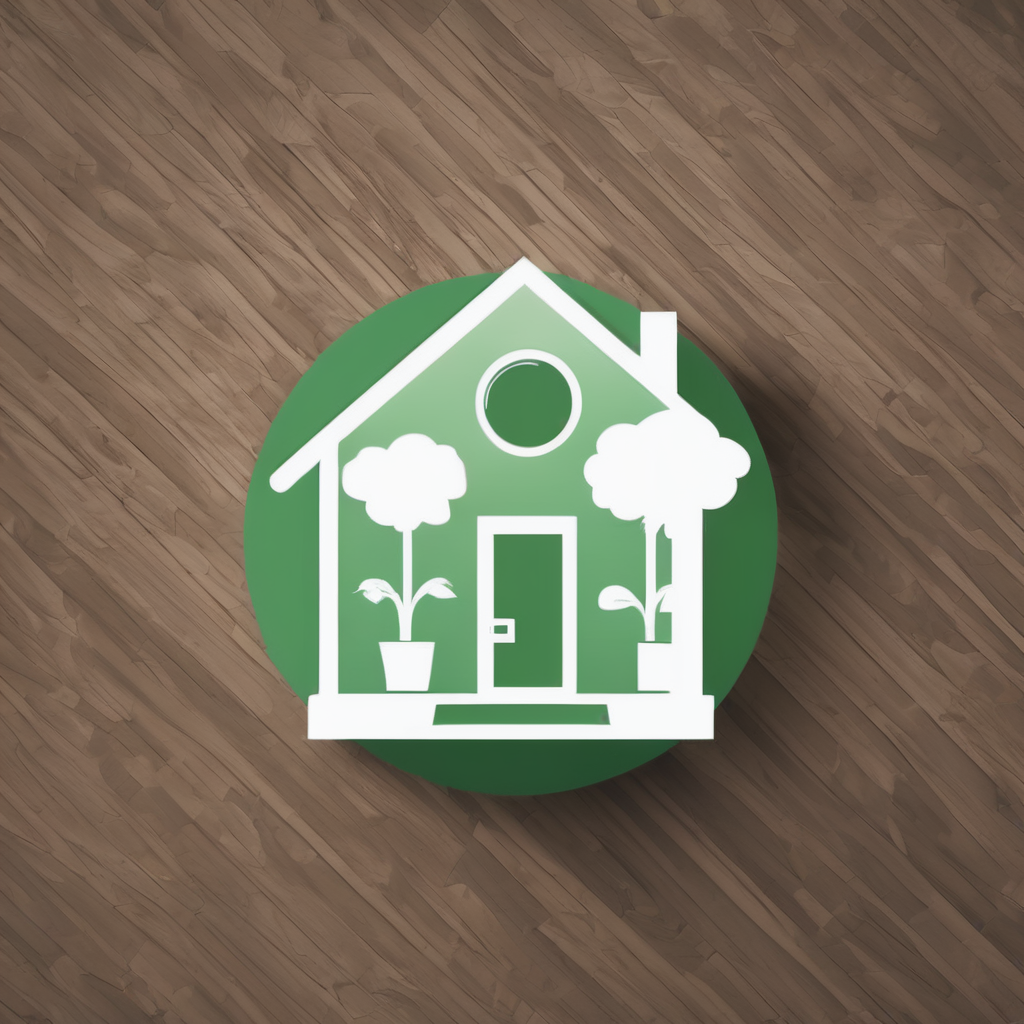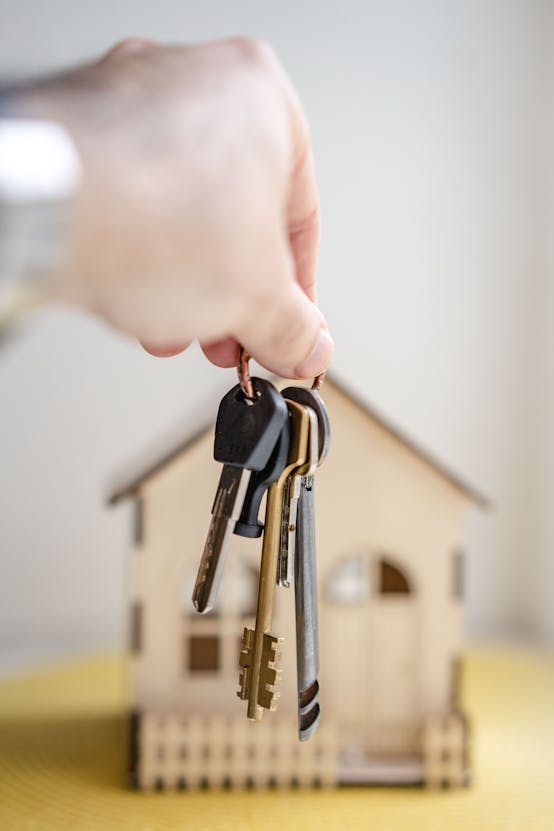Essential Features Defining Modern UK Homes
Understanding the essential home features that define modern UK homes is crucial for buyers and renovators alike. Contemporary homeowners increasingly demand spaces that balance functionality with comfort. Key home features such as energy-efficient heating systems, open-plan living areas, and integrated smart technology are no longer luxuries but must-haves. Buyers expect well-insulated walls and double-glazed windows to reduce energy costs, reflecting a growing focus on sustainability.
Changing expectations highlight the need for multifunctional rooms, adaptable to working from home or family activities. Outdoor space, albeit sometimes limited in UK properties, remains a priority for gardening or relaxation. Additionally, plenty of natural light and modern kitchens with integrated appliances rank high on the list of desired attributes.
Also to discover : How Can Sustainable Home Design Transform Our Living Spaces in the UK?
For those assessing or prioritising features, the practical checklist includes energy performance rating, connectivity options, storage availability, and accessibility design elements. These key home features are not only about lifestyle enhancement but also influence property value and future resale potential. Understanding and incorporating these elements ensures that modern UK homes meet the evolving needs of today’s residents.
Energy Efficiency and Sustainability in UK Housing
Energy efficiency and sustainability are at the forefront of modern UK housing development. The government enforces strict regulations encouraging eco-friendly homes, aiming to reduce carbon footprints and save homeowners money on energy bills. Building standards now require new properties to incorporate green features such as improved insulation and renewable energy sources.
Also to discover : How Can Sustainable Architecture Transform UK Homes?
Popular sustainable technologies include solar panels, which harness the sun’s energy to lower electricity costs, and air-source heat pumps, which efficiently heat homes while reducing reliance on fossil fuels. High-quality insulation materials are also critical in maintaining consistent indoor temperatures, thus minimizing energy waste.
For existing properties, simple steps can boost energy efficiency without extensive renovations. Homeowners can add draught-proofing around doors and windows, upgrade to energy-efficient appliances, and consider installing smart thermostats to optimize heating use. Integrating these changes helps align with sustainability goals while enhancing comfort and lowering utility expenses.
These efforts contribute significantly to the UK’s environmentally conscious housing sector, balancing practical benefits with commitment to long-term ecological responsibility.
Integration of Smart Technology
Smart home technology is transforming UK residences by making daily life simpler and more efficient. Key features often integrated include lighting controls, advanced security systems, and climate control. These allow homeowners to adjust settings remotely, enhancing convenience and energy savings.
Popular platforms such as Amazon Alexa, Google Home, and Apple HomeKit dominate in connected homes. These systems enable seamless interaction between devices, offering voice commands and automation schedules. For instance, smart thermostats like Nest optimize heating based on your habits, reducing bills and environmental impact.
When incorporating smart home technology in renovations or new builds, compatibility is crucial. Planning wiring routes and ensuring robust Wi-Fi coverage are essential steps. Additionally, considering user-friendly interfaces helps all household members benefit from home automation.
Smart technology integration elevates comfort, security, and energy efficiency. Evaluating your specific needs and the latest devices available in the UK market ensures the best fit for your connected home ambitions. This thoughtful approach guarantees you harness the full potential of modern home automation.
Open-Plan and Flexible Living Spaces
In the UK, open-plan living is more than a trend; it’s become essential for modern homes seeking to maximise space and versatility. Homeowners increasingly prefer flexible spaces that adapt to varying needs, whether working from home, entertaining guests, or relaxing with family.
To create these multifunctional environments, combining kitchens, dining, and living areas into one fluid space fosters interaction and makes rooms feel larger. Practical design strategies include using sliding doors or movable partitions to alter the room’s layout quickly. Incorporating modular furniture allows easy transformation of a lounge into a workspace or play area.
When considering home design trends, natural light and minimalistic décor also contribute to the openness and functionality of flexible spaces. Careful zoning with rugs or lighting can distinguish areas without erecting walls. This approach not only enhances the home’s usability but also increases property appeal.
For anyone aiming to embrace this style, focusing on simplicity, adaptability, and seamless flow between areas will deliver the best balance between comfort and functionality in open-plan living.
Enhanced Security and Home Safety
Safety has become a cornerstone of modern property appeal, with home security features evolving far beyond basic locks. Buyers in the UK are now prioritising modern security features such as integrated alarm systems, smart locks, and 24/7 surveillance cameras. These components work together to create a secure environment that deters intruders and provides peace of mind.
For example, combining motion sensors with real-time video feeds allows homeowners to monitor their properties remotely, a capability highly valued in today’s connected world. Smart locks offer controlled access, enabling entry codes or biometric verification instead of traditional keys, enhancing both convenience and security.
Additionally, UK government guidelines emphasise the importance of robust security installations, often influencing home safety standards. These measures can also impact home insurance premiums, as insurers recognise and reward properties with certified, up-to-date security systems. Understanding these factors helps buyers and sellers navigate expectations around safety while protecting their investments effectively.
Ample Storage Solutions
Maximising storage solutions is key to efficient home organisation, especially in diverse UK home storage environments. Modern homes increasingly incorporate innovative built-in storage options to make the most of available space. For instance, floor-to-ceiling cabinets and under-stair cupboards cleverly utilise overlooked areas, helping to reduce clutter.
In smaller UK property types like flats or terraced houses, optimising vertical space with shelving or wall-mounted units is essential. Creative space-saving approaches, such as under-bed storage drawers and multifunctional furniture, meet the varying needs of residents. Families typically prioritise accessible storage for toys, clothing, and sports gear, while professionals may focus on discreet filing systems and tech storage. Downsizers, meanwhile, benefit from compact, versatile solutions that accommodate fewer possessions without sacrificing convenience.
Understanding these priorities guides the selection of storage solutions tailored to lifestyle demands. Whether integrating built-in wardrobes or modular units, well-planned space optimisation promotes a clutter-free, organised home environment. Benefiting from thoughtful UK home storage options ultimately enhances everyday living and reduces stress through efficient home organisation.
Future-Proof Connectivity and Infrastructure
In today’s digital age, broadband is fundamental to any UK home’s daily function. With a rising demand for high-speed internet, robust home connectivity is no longer a luxury—it’s a necessity. Families working remotely, students attending virtual classes, and streaming services for leisure all rely heavily on stable, fast internet connections.
Planning or upgrading modern infrastructure ensures your home stays ahead of future needs. This involves more than just installing fibre broadband; it means considering the wiring, router placement, and the number of connected devices simultaneously in use. High-quality broadband supports seamless video conferencing, quick downloads, and multiple smart devices without interruption.
Investing in infrastructure that accommodates growing data consumption prevents frustration, boosts productivity, and keeps entertainment smooth. Homeowners should look for broadband packages offering scalability and reliability. Preparing for emerging technologies and increased device use aligns with smart home trends, securing your connectivity for years to come.
By focusing on future-proof home connectivity and broadband capabilities, you create a foundation that adapts effortlessly to evolving digital demands.


